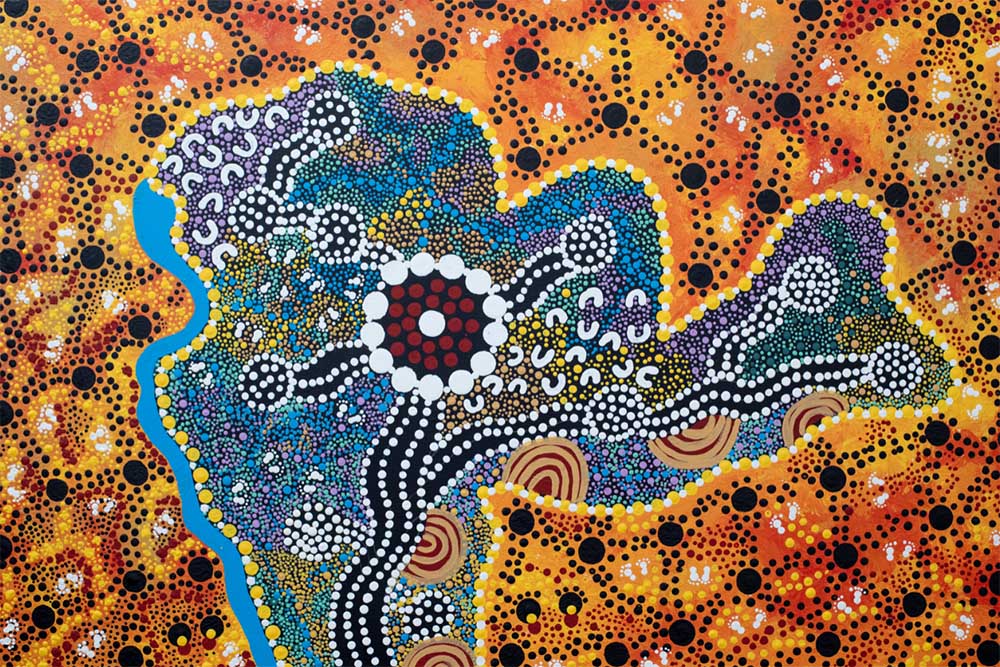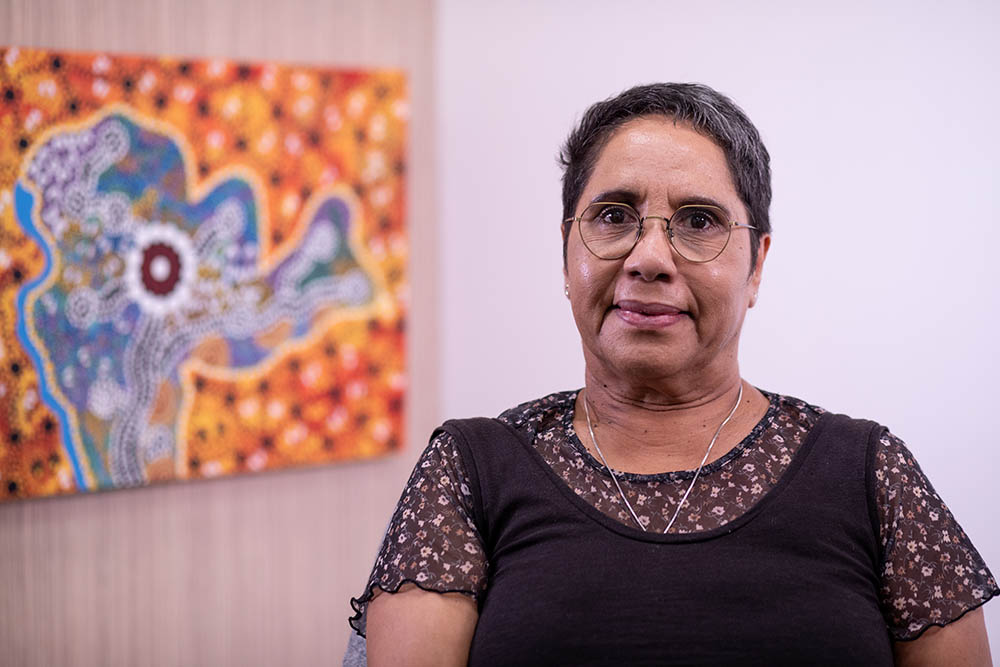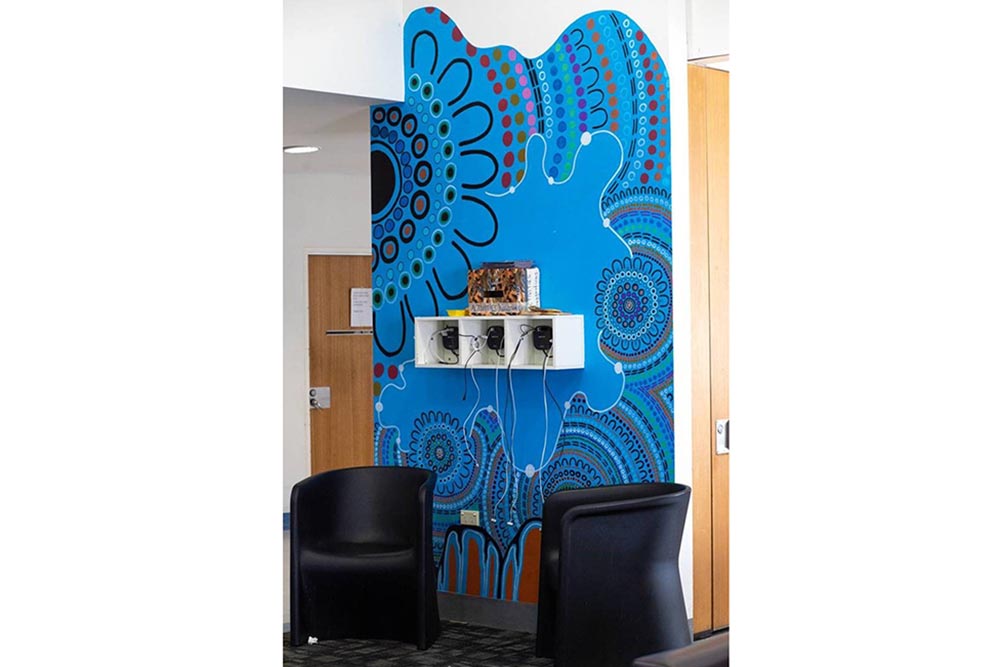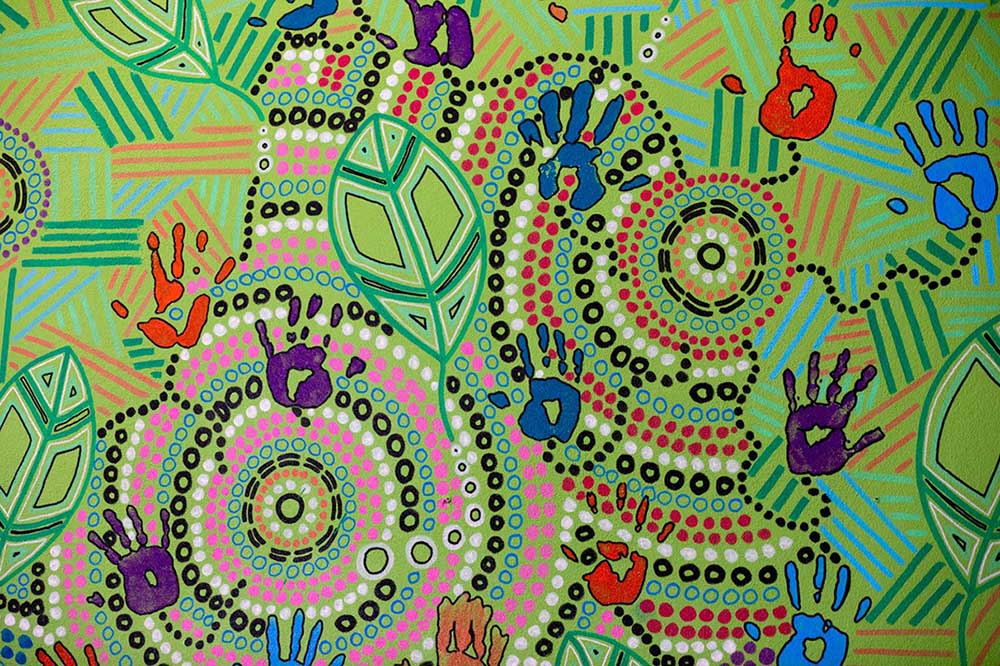Learn how to create a culturally safe environment
Consider the health and wellbeing of Aboriginal people when you design policies, services and the environment in your ward or around your patient.
Complete an Aboriginal Health Impact statement
When you are getting started, the first step should be to complete an Aboriginal Health Impact statement. This can will help you to understand the impact, risk factors and inequities experienced by Aboriginal people.
Watch this animation for some information about conducting an Aboriginal Impact Statement.
Engaging with the community
Engage and build relationships with the local Aboriginal community and support services as you design your services and environment. This could include Aboriginal Elders, local Aboriginal medical services, primary health networks, Aboriginal land councils and community centres.
Aboriginal people are best placed to guide you to design services and your environment in a way that optimises the experience for Aboriginal people.
Seek guidance from your Aboriginal Liaison Officer (ALO) on approaching Aboriginal elders from the community to consult with and build relationships.
Remember to feed back on the outcome of consultation to help build mutual respect and trust.
Consider flexibility in your services and policies
Consider offering flexible scheduling of therapy and ward activities to allow for family involvement and visits.
You can do the following:
- Conduct discussions with patients and their identified family members or contact person regarding optimum scheduling to accommodate family visits, times and involvement, as appropriate
- Use outdoor therapy options
- Seek advice from the community
- Encourage weekend leave to allow patients to go back to Country
- Involve relevant family/contact person in case conferences
- Bring family into treatment sessions.
Create a culturally safe space
Find or create a culturally safe space for Aboriginal people and their families. Use display materials around your ward and create dedicated private spaces.
You can do the following:
- Display stories around the ward or collect your own
- Invite the local Aboriginal Medical Service, primary health network, Aboriginal Land Council or community centres to a morning tea, discussion and story telling
- Provide Welcome to Country for events
- Work in partnership with the local Aboriginal community to improve the patient experience
- Recognise significant cultural days on the ward (e.g. NAIDOC Week, Reconciliation Week, Sorry Day, National Apology Day)
- Address physical, emotional and relational aspects e.g. display appropriate resource materials in simple language
- Provide tea and coffee for family visits
- Allocate a private space as required (indoor and outdoor options)
- Display artwork and recognise culture:
- Display artwork created by Danielle Mate Sullivan
- Display artwork created by the late Aunty Cecily Welington-Carpenter
- Display promotional Gadjigadji resources
- Contract local artists to submit artwork
- Use existing artwork available through the local health district (LHD)
- Decorate family visiting and or reception areas with culturally appropriate information and materials
- Hang curtains displaying Aboriginal art, where available
- Encourage staff to wear uniforms with cultural symbols, where available
- Display Aboriginal map of country.
Great ideas to make a difference
Even small changes to the way we work can make a difference. Here are just some of the actions that services such as Royal Rehab and the Tamworth Rehabilitation Service are taking as part of their commitment to the Gadjigadji initiative.
- Include Aboriginal art and design to help create a welcoming environment – choose artworks from local artists and art co-ops, hang curtains with Aboriginal designs in therapy areas, or consider ceiling art.
- Display Aboriginal and Torres Strait Islander flags in the ward area.
- Use signage in language providing a welcome to the ward.
- Consider spacing between furniture – many people have been institutionalised in the past, so space is important.
- Use outdoor spaces for therapy: co-design hospital gardens and outdoor spaces with local staff and community members, or use local parks, rivers or country.
- Consult with community Elders to create and plant therapy gardens with culturally sensitive plants (local councils may be able to assist with this).
- Play patients' chosen favourite Aboriginal music artists during therapy time.
- Provide patients with iPads that include Koori radio and other relevant apps.
- Offer lunch and/or private space for family members who have travelled long distances to see family members.
- Source local affordable accommodation for visiting families through organisations such as Friendly Faces.
- Use clinical yarning in your communication with Aboriginal patients and their families.
- Watch the Yarning videos as a team and discuss how you can improve your skills.
- Design a lanyard card as a team to provide a brief prompt on how to use clinical yarning.
- Make it culturally safe to for Aboriginal people to identify: train and support administration staff and review the physical environment.
- Always offer access to Aboriginal Liaison or support officers either inside or outside of the hospital, but do not assume everyone will want this connection.
Further resources
See our implementation toolkit for videos, templates, posters and links to references and training resources.



